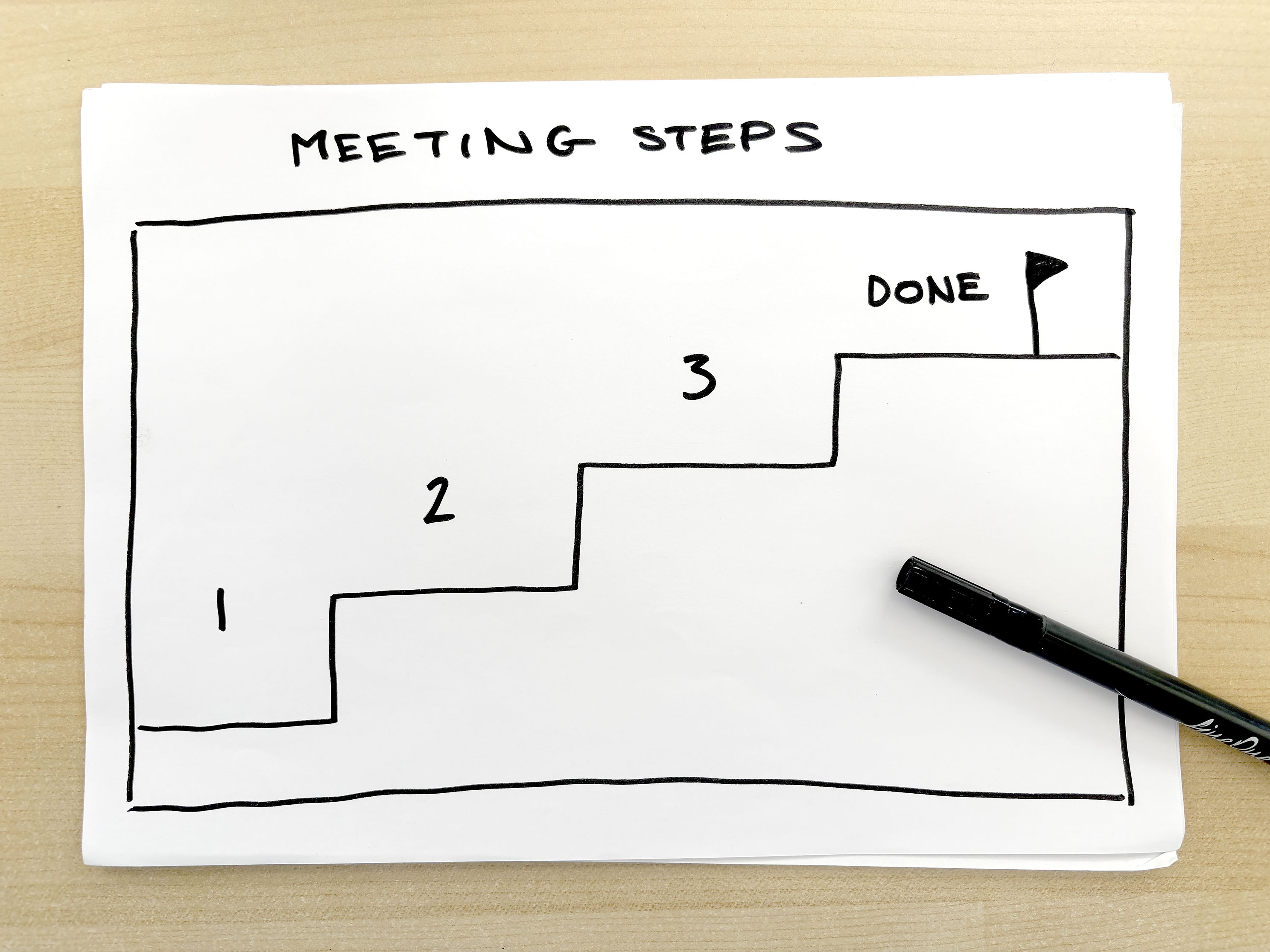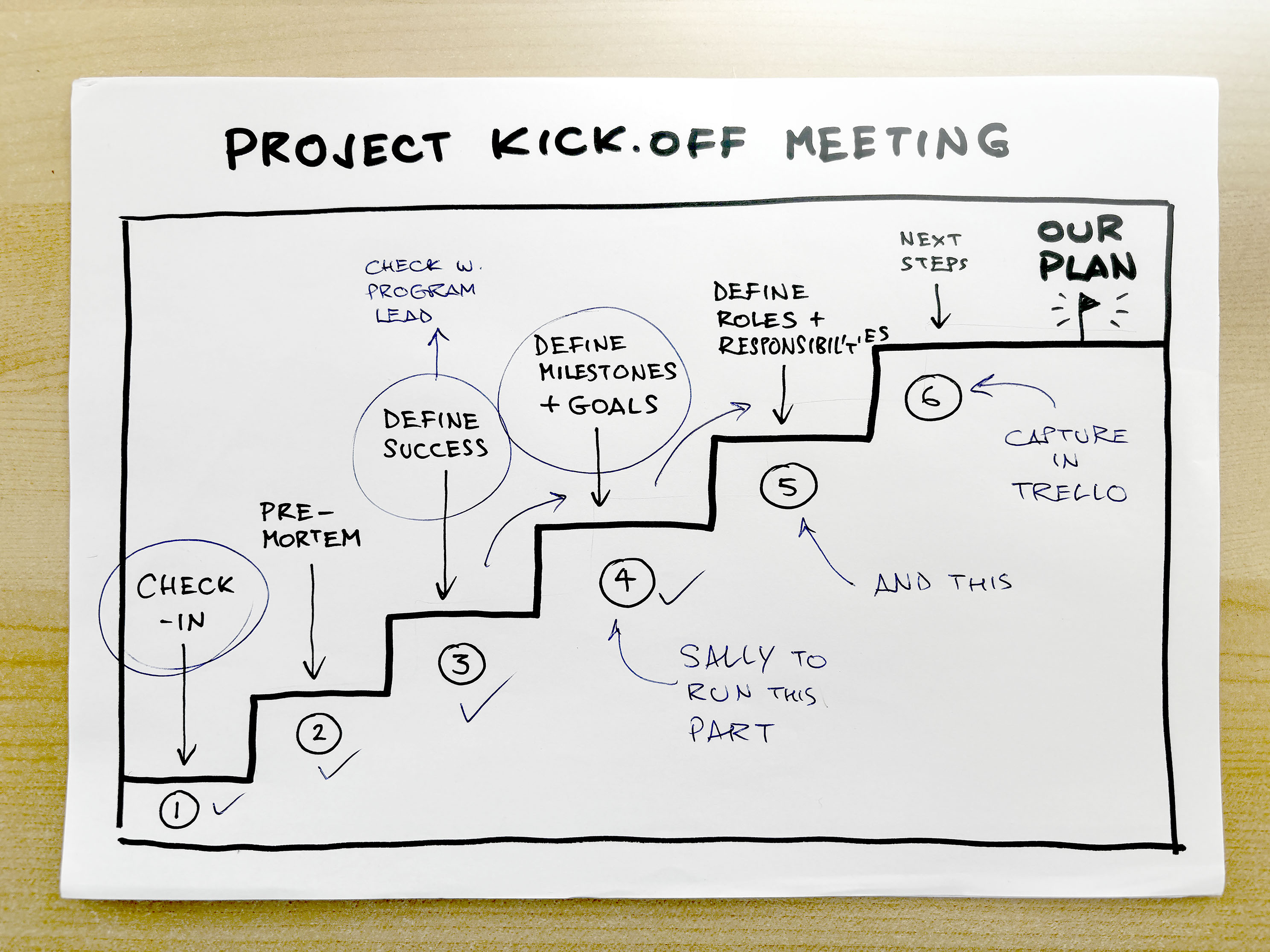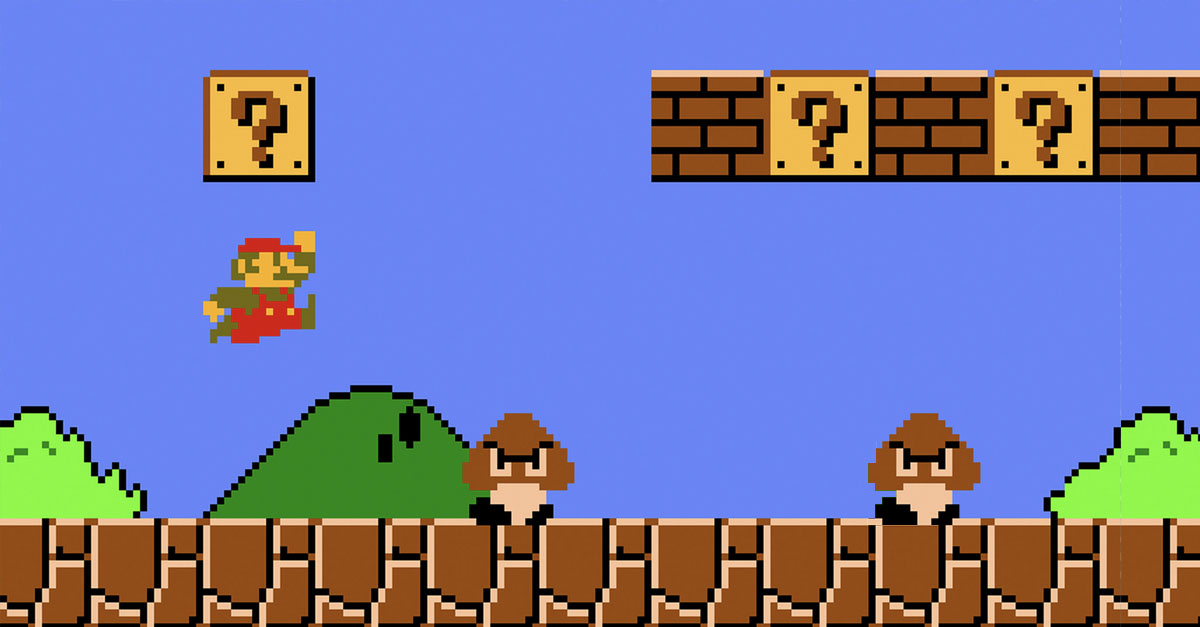Let’s face it: most of us find it a challenge to keep our meetings engaging. People are only half-listening, multitasking, and minds are wandering away, thinking about the inbox, or the next meeting, or lunch. And who can blame them?
But what if your meetings felt more like... a game? Wait, don’t bail on me just yet, I'm not talking about adding silly icebreakers or balloons or anything like that. What if your group felt like they were on a mission... climbing, achieving, progressing... towards a clear and satisfying goal?
Why so much disengagement?
There are tons of reasons why engagement tanks in meetings. In my experience it’s mostly because:
- There's no clear goal - one goal that everyone has a stake in
- There's no clear path - the agenda is shown at the start, and then never referred to again
- There's no sense of meaningful progress - no wins along the way, or a healthy sense of urgent optimism of getting to that goal
Without these, people get distracted. They check out. Decisions aren’t made. And follow-through? Forget about it. But you can flip this dynamic by using a framework that shows the path to success and brings people along for the ride.
Enter Super Mario
In every level of Super Mario Bros., there’s a clear goal (flagpole), an epic journey (platforms, pipes, power-ups), and a satisfying sense of progression (if you know the game, I bet you can hear the sound effects now).
Now imagine if your meeting had those same ingredients. That’s the idea behind my Meeting Steps framework: a visual, game-like approach to planning and running meetings that has worked really well for me.
Think of it like this:
- You’re the facilitator, running the game
- The framework is your level map
- The flag is your meeting outcome
- The players are your group
- The agenda topics are the steps
The Meeting Steps framework: a platform play for productivity
The Meeting Steps framework is a simple pattern you can draw on a whiteboard or flipchart, or even using lines and boxes in an online collaboration platform like Miro or Mural. Each step represents a topic, activity, or checkpoint on your agenda. The flag at the top represents the main outcome of the meeting.
It looks something like this:

Why it works
- It makes the abstract visible - people actually see where they are and where they need to get to
- It adds lightness and fun - who doesn’t love a bit of game-like structure?
- It gives you a navigation tool - no more “where are we in the agenda?” moments
- It keeps energy moving - you can literally point to progress being made
How to draw it and use it
Anyone can draw this! You don’t need any artistic talent. Just follow these steps on a whiteboard or flipchart:

- Draw a staircase, from left to right, bottom to top, with enough steps for your agenda items.
- Label each step with the key topic or activity. Keep it short and clear.
- Draw a simple flag at the top with your desired outcome (e.g., “Agreed project plan” or “Final go/no go decision”)
- Introduce it at the start of the meeting, and walk the group through the steps
- Refer back to it throughout. After finishing a step, physically tick it off (I really like that part!).
- Use it to re-energise and keep focus; “OK team, we’re halfway to the flag. Let’s smash this next step”
Pro tip: Invite your participants to suggest step names as you plan; it boosts ownership, and even more engagement.

Use the Meeting Steps framework to both plan AND run your meeting, making notes on it as you go
Get your group to that Boss Level!
Look, if Super Mario can stay engaged, risking his life dodging fireballs for a flagpole, your team can definitely stay engaged and get through a 90-minute strategy session. Next time you’re planning and running a meeting, ditch the dull agenda and draw your way to success.
Make it like a game. Make it clear. Make it rewarding. Make it fun. Because when people can see the path, they’re much more likely to walk it (run it? jump it?) with you.
I hope this helps you to level up your meetings, one step at a time!
